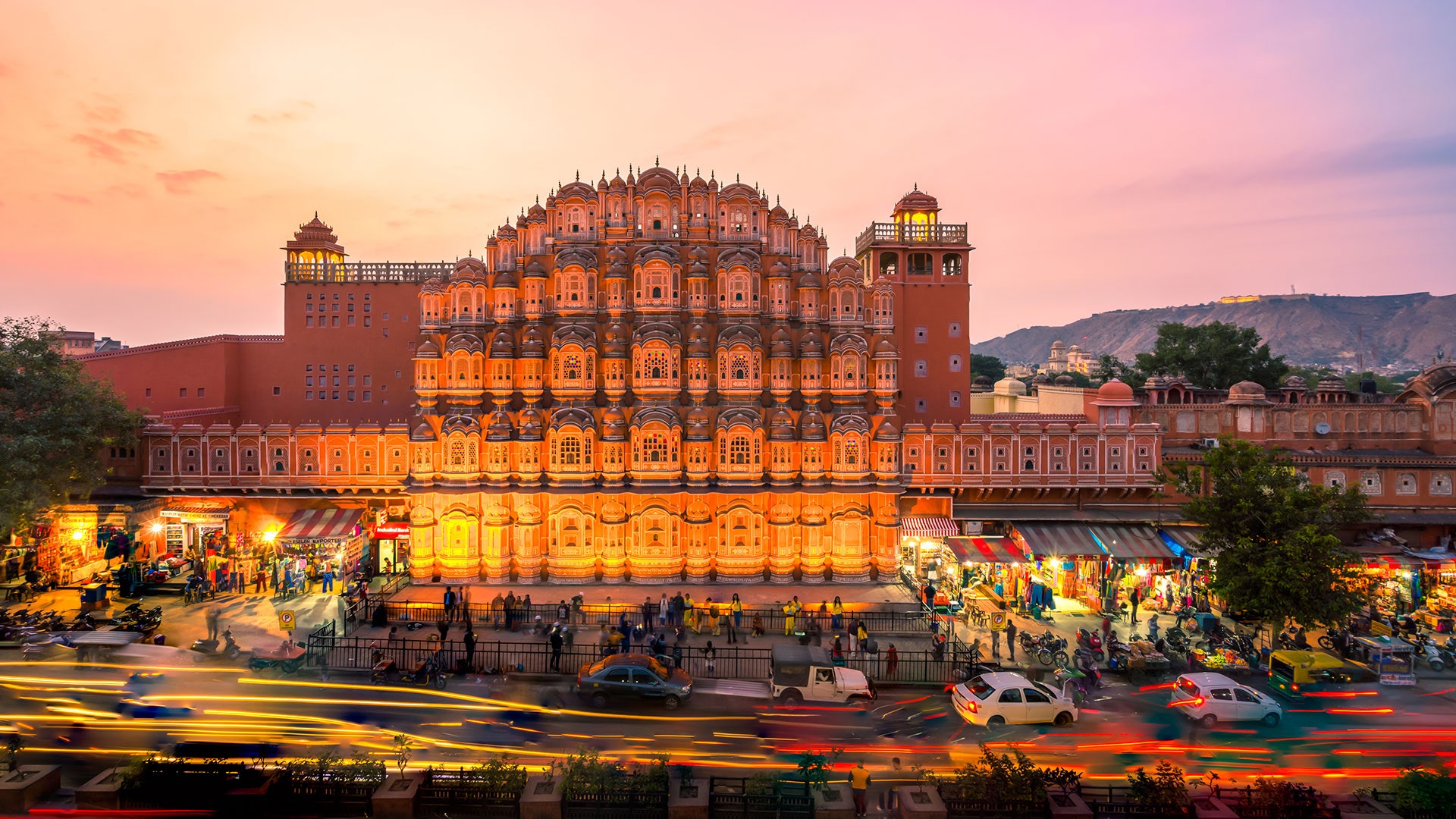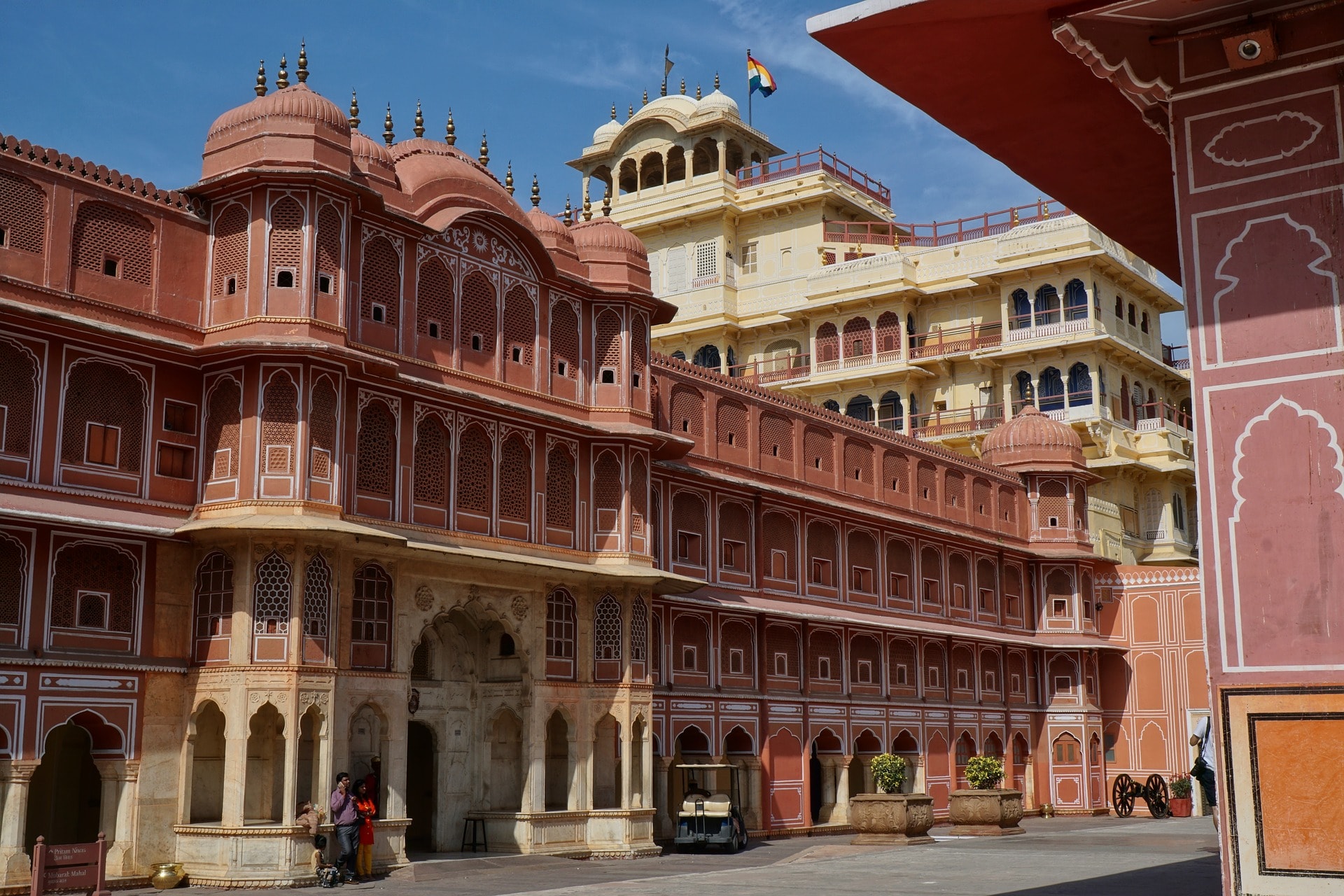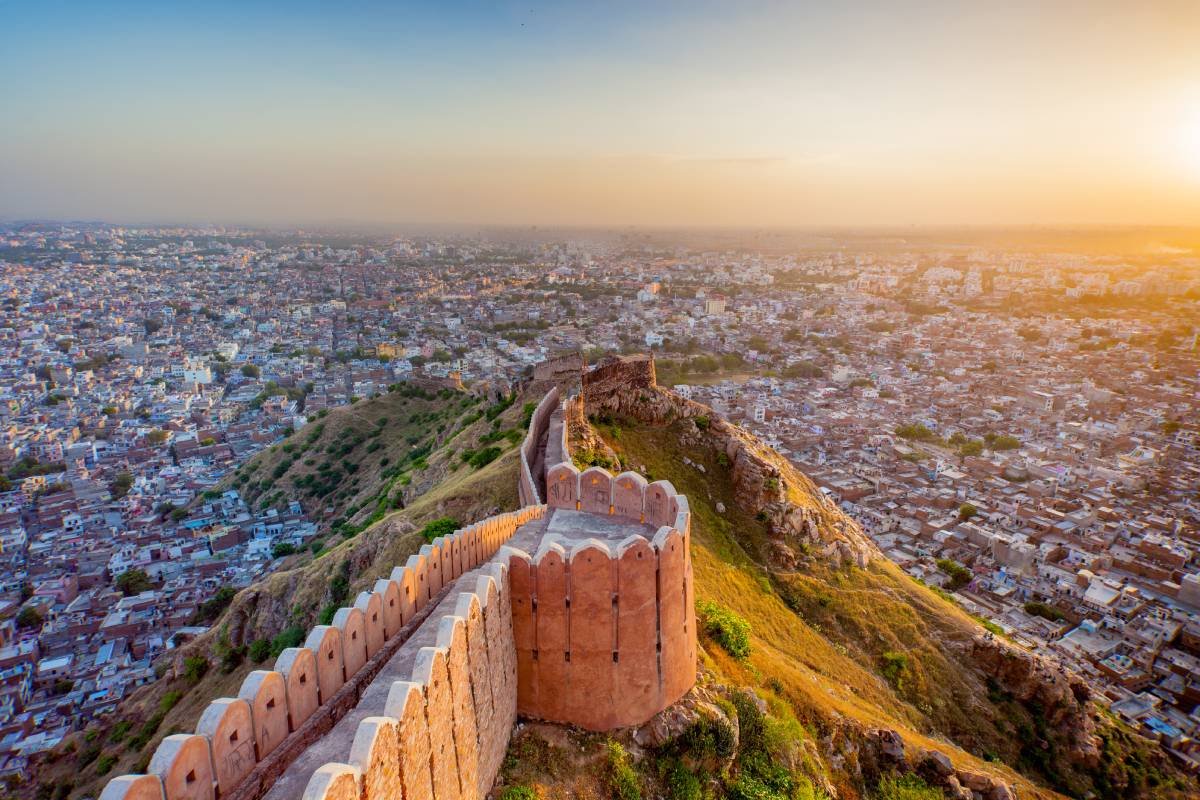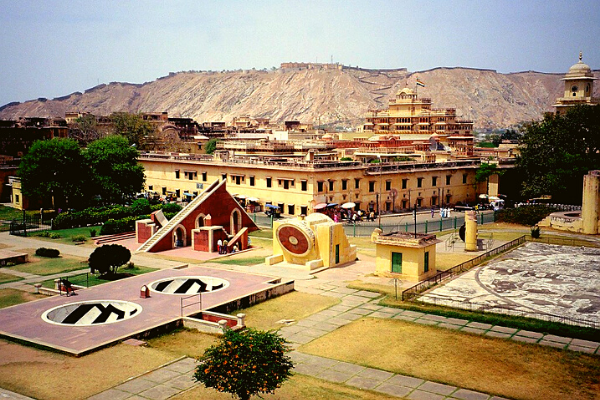
Known as the “Pink City” of India, Jaipur is a mesmerizing blend of history, culture, and architectural brilliance. As the capital of Rajasthan, this vibrant city is famous for its colorful buildings, majestic palaces, and bustling bazaars. Jaipur’s charm lies in its ability to seamlessly blend the old with the new, offering visitors a unique glimpse into India’s royal past and its dynamic present.
Historical Significance
Founded in 1727 by Maharaja Sawai Jai Singh II, Jaipur was the first planned city of India. Designed by the notable architect Vidyadhar Bhattacharya, the city’s layout follows the principles of Vastu Shastra (traditional Hindu architectural principles). The pink color of the buildings, which gives the city its nickname, was introduced in 1876 to welcome the Prince of Wales, and it has remained a distinguishing feature ever since.

Architectural Splendor
Jaipur is home to some of the most iconic landmarks in India. The Hawa Mahal, or “Palace of Winds,” is a stunning five-story palace with a façade adorned with 953 small windows, designed to allow royal ladies to observe street festivities without being seen. The City Palace, a magnificent blend of Mughal and Rajasthani architecture, houses museums, courtyards, and gardens, providing a glimpse into the opulent lifestyle of Jaipur’s royal family.
The Jantar Mantar, an astronomical observatory built by Maharaja Jai Singh II, is another architectural marvel. It features the world’s largest stone sundial and is a UNESCO World Heritage site. Amber Fort, located on a hilltop overlooking Maota Lake, is renowned for its intricate mirror work and grand courtyards.

Cultural Vibrancy
Jaipur’s culture is a vivid tapestry of traditions, festivals, music, and dance. The city is renowned for its vibrant festivals, such as Diwali, Teej, and the Jaipur Literature Festival, which attract visitors from around the world. Traditional Rajasthani folk music and dance performances, including Ghoomar and Kathak, add to the city’s cultural allure.

Bustling Bazaars
Shopping in Jaipur is an experience like no other. The city’s bustling bazaars are a treasure trove of traditional handicrafts, jewelry, textiles, and pottery. Johari Bazaar is famous for its exquisite jewelry, while Bapu Bazaar offers colorful textiles and leather goods. The vibrant markets reflect the rich artistic heritage of Rajasthan and are perfect for picking up souvenirs.

Cuisine Delights
Jaipur’s culinary scene is as rich and diverse as its culture. The city offers a plethora of traditional Rajasthani dishes, including Dal Baati Churma, a savory-sweet combination of lentils, baked wheat balls, and crushed wheat with ghee and sugar. Laal Maas, a spicy red meat curry, is another local favorite. For those with a sweet tooth, Ghewar, a disc-shaped sweet made from flour and soaked in sugar syrup, is a must-try.

Modern Attractions
While Jaipur is steeped in history, it is also a modern city with contemporary attractions. The Albert Hall Museum, housed in a stunning Indo-Saracenic building, showcases an extensive collection of artifacts. The Jawahar Circle Garden, with its iconic Patrika Gate, is a popular spot for both locals and tourists.

Hospitality and Accommodation
Jaipur is renowned for its hospitality, offering a wide range of accommodation options. From luxurious heritage hotels like the Rambagh Palace, which was once the residence of the Maharaja, to budget-friendly guesthouses, the city caters to all types of travelers. Staying in a heritage hotel allows visitors to experience the grandeur and elegance of a bygone era.

Conclusion
Jaipur, with its royal heritage, architectural splendor, and vibrant culture, is a city that captivates the heart and soul of every visitor. Whether you’re exploring its magnificent palaces, shopping in its bustling bazaars, or savoring its delectable cuisine, Jaipur offers an unforgettable experience that showcases the rich tapestry of India’s past and present. A visit to this enchanting Pink City is a journey through time, where history and modernity coexist in perfect harmony.




